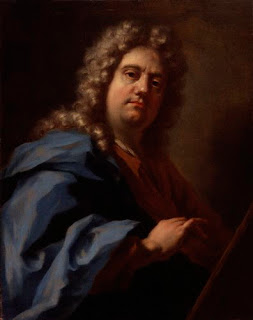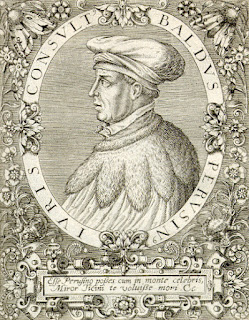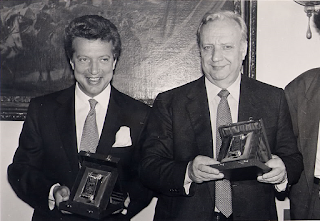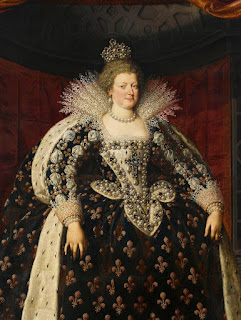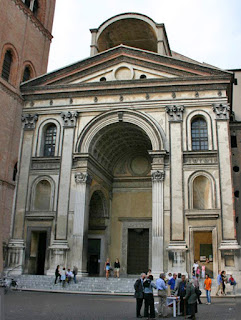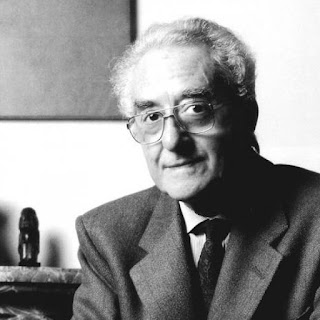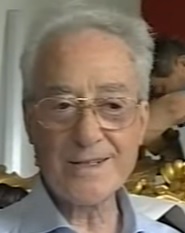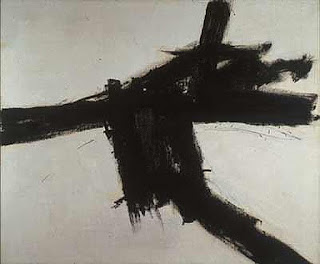Reign tested by earthquake, plague and war
 |
| A bust of Andrea Dandolo, sculpted by Lorenzo Larese Moretti in 1861 |
A notably erudite scholar, Dandolo wrote two chronicles of the history of Venice in Latin and reformed the Venetian legal code by bringing together all of the diverse laws applicable to the Venetian Republic within one legal framework.
He achieved these things despite his reign being marked by a devastating earthquake, a catastrophic outbreak of the Black Death plague and two expensive wars, against Hungary and then Genoa.
Dandolo studied at the University of Padua, where he became a professor of law, a position he maintained until he was elected Doge. He quickly rose to a position of prominence in Venetian life, being appointed Procurator of St Mark’s Basilica, the second most prestigious position in the Venetian hierarchy after the Doge, at the age of just 25.
He was elected Doge in 1343, aged 37. It was a particularly young age at which to be given the leadership of the Republic, but his family history and the manner in which had conducted himself as Procurator gained the respect of the republic’s aristocratic elders.
Dandolo was a benefactor of the arts. He added the Chapel of San Isidoro to the Basilica of St Mark and oversaw improvements to the Pala d'Oro and the Baptistery.
 |
| Mosaics inside the Chapel of San Isidoro, which was Andrea Dandolo's addition to the Basilica of St Mark |
The first conflict began in 1345 after a revolt against the rule of the Republic by the people of what is now Zadar, a coastal city in Croatia, sometimes known in Italian as Zara. The Venetian fleet laid siege to Zadar and eventually recaptured the city, but only after 16 months of fighting, during which between 2,000 and 3,000 Venetians died along with an unknown number of soldiers dispatched to support Zadar by the king of Hungary, Louis of Angevin.
Louis wished to gain control over the Kingdom of Croatia and in particular Dalmatia, the area controlled by Venice, and achieved his aim only a few years later, taking advantage of Venetian forced severely depleted by the third Venetian-Genoese War, in which a large Genoese fleet under the command of Paganino Doria devastated large areas of Venetian territory around the Adriatic and eventually captured the entire Venetian fleet. Peace was finally brokered by Dandolo’s successor as Doge, Marino Faliero.
 |
| The former Palazzo Dandolo, facing the lagoon on Riva degli Schiavoni, now houses the luxurious Hotel Danieli |
This was followed swiftly by the arrival of the Black Death, the plague spread by fleas living off black rats that would arrive in Europe in the hold of merchant ships importing goods from central Asia via the Black Sea.
The plague is thought to have killed between 75 and 200 million people all told. The outbreak in Venice, which lasted from 1348 until 1350, claimed the lives of a third of the population.
Dandolo survived both events, yet died in 1354 at the age of 48. He was the last Doge from the Dandalo family and the last Doge to be interred in St Mark’s Basilica.
The Palazzo Dandolo, which was built towards the end of the 14th century as a grand family residence, today houses the exclusive Hotel Danieli.
 |
| The Basilica of St Mark is one of Venice's most popular tourist attractions |
The Basilica of St Mark dates from the 11th century, although it was not open to ordinary Venetians to venture inside until the early 19th century, its Byzantine grandeur having previously been off limits to all but the Doges and other senior figures in the Venetian government. The chief attraction for many visitors to St Mark’s today are the golden mosaics, which cover more than 8,000 square metres of the walls, vaults and cupolas.
 |
| The poet Petrarch's house in Arquà Petrarca |
Petrarch - whose given name was Francesco Petrarca - the poet and diplomat who was a contemporary of Dandolo and was for a long time his close friend, was born in Arezzo in Tuscany but travelled widely. He spent the last four years of his life in the small town of Arquà, about 25km (16 miles) southwest of Padua, in the Colli Euganei (Euganean Hills). The town added his name to its own to become Arquà Petrarca in 1870. The house where he lived (and died, in 1374) is now a museum dedicated to the poet.
Home
